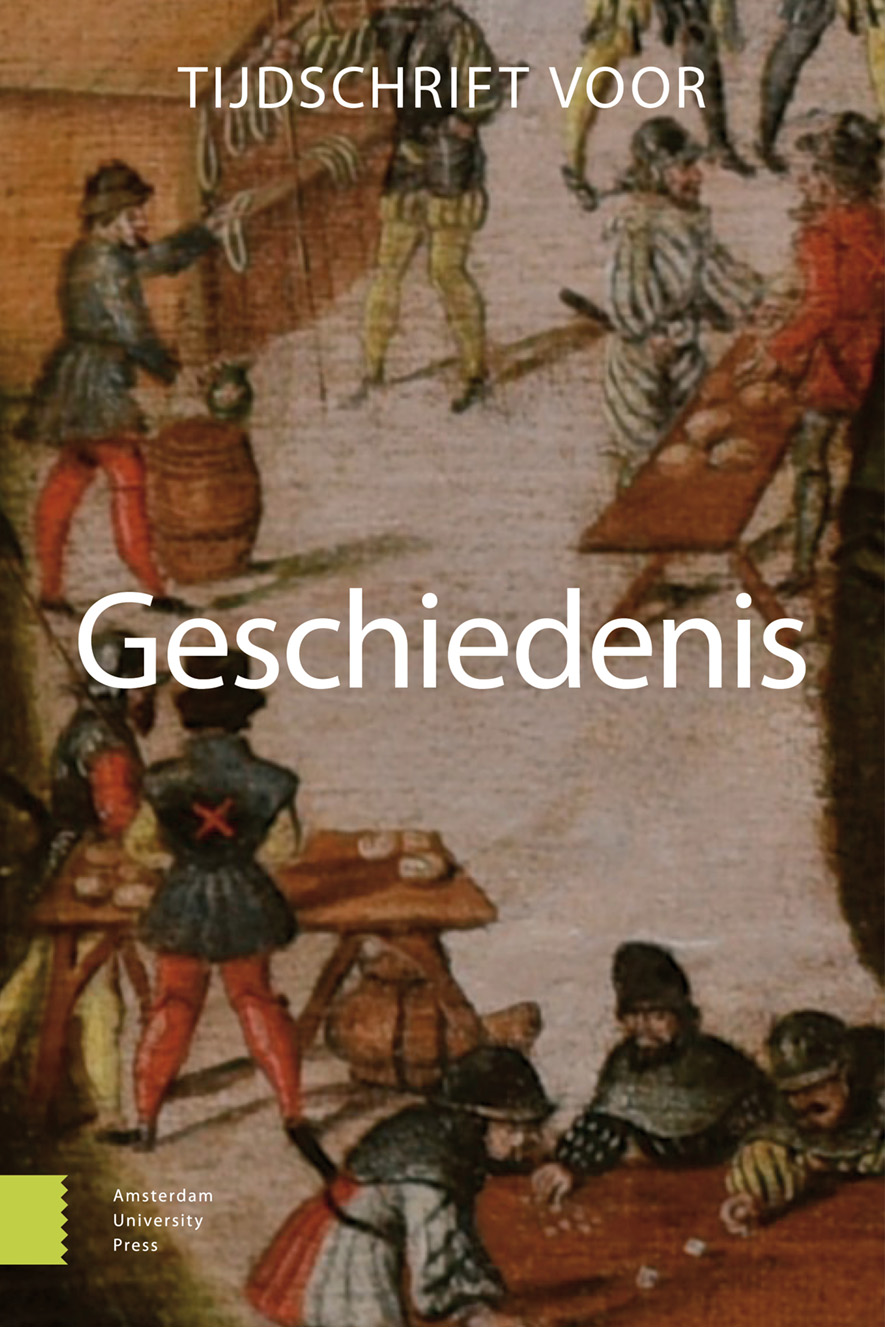-
oa Historisch geweld in real-time
De voorstelling van de Tweede Wereldoorlog in first person shooter-games
- Amsterdam University Press
- Source: Tijdschrift voor Geschiedenis, Volume 128, Issue 1, Jan 2015, p. 93 - 108
Abstract
Historical violence in real time. The representation of World War II in first person shooter games
In the past decade, historical games, and first person shooters about World War II in particular, have ranked among the best-selling titles worldwide. Part of their success is their ability to recreate a historical atmosphere, allowing players to experience historical battles in real time. However, many questions can be asked about the historical dimension of these games, as they offer specific ways of representing the past. I examine this dimension by looking at some of the best-selling titles on the market, analysing them from the perspective of Public History. Starting from Kingsepp’s concept of ‘immersive historicity’, I analyse the narrative components of these shooters and their audio-visual design, using concepts from narratology, semiotics, and game design. Some of the main conclusions are that developers offer players a historical ‘embedded’ narrative and rely strongly on audio-visual stereotypes to create a historical atmosphere.


